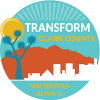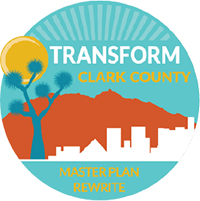Goal 2.1: Continue to expand the County’s parks, trails, and open space system at a level that is sustainable
Continue to plan for a mix of urban and rural area parks, trails, and open spaces at a scale and scope that matches the County’s capacity to sustain a high level of service over the long-term. Work to achieve optimal levels of service by type and location, as defined in Section 3: Growth Framework.
Consider health benefits, impacts, and service population needs in the design, location, and prioritization of new facilities or improvements to existing facilities. Prioritize system investment in areas or communities that are currently underserved, where barriers to access exist, or where existing facilities are not projected to meet future needs.
Minimize recreational trail operation and maintenance costs through efficient siting, design, and construction. Prioritize trails and trailheads in locations that:
- Connect or provide access to existing parks, trails, and recreational facilities;
- Are located within public rights-of-way/public lands, along natural washes, flood control facilities, and public utility corridors;
- Improve connectivity to trails in adjacent municipalities; and
- Encourage multiple uses and provide access to public lands where appropriate.
Designate areas where non-motorized users can experience and enjoy access to open lands and promote responsible use of off-highway vehicles (OHVs) in designated areas.[See also, Goal 3.5, Manage access to public lands to balance habitat, recreational, environmental, aesthetic, and economic value, and supporting policies]
Establish clear expectations for the provision of recreational amenities in new development to include parks, active and passive open space, and connections to adjacent properties, public lands, trail systems, and park facilities.
Seek opportunities to protect distinctive topographic features for parks and open space through purchase, preservation, or dedication. Encourage new development to provide and maintain access to public lands through access easements and trail connections.
Incorporate sustainable concepts such as water conservation, solar and energy efficient lighting, and cooling centers in new parks, as well as for park retrofits and additions.
Continue to work with adjacent cities, federal agencies, and other state and regional partners on the implementation of collaborative projects and plans that support the enhancement of the open space and trail system throughout Clark County.

